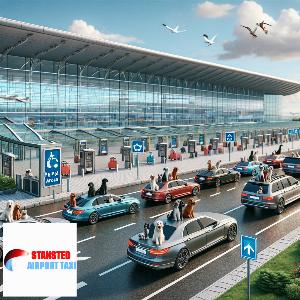The Impact of Airline Efficiency on Stansted Airport
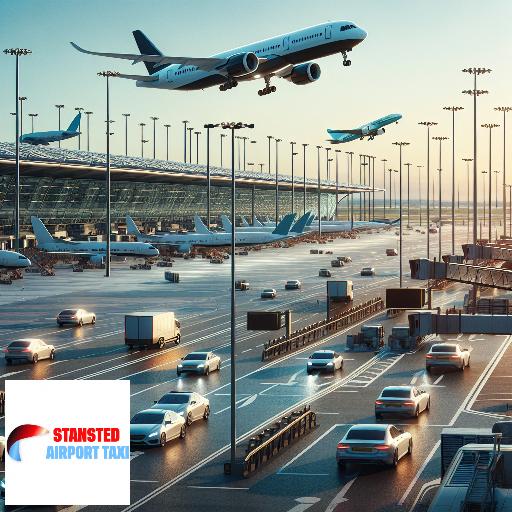
Operational Efficiency of Airlines
Operational efficiency in airlines is a critical factor that significantly impacts the performance of airports, including Stansted Airport. Efficient airline operations entail optimal use of resources, timely flights, and minimal delays, which directly contribute to the smooth running of airport operations. Airlines that prioritize operational efficiency tend to have streamlined processes, from check-in to take-off, which reduces congestion and enhances passenger experience at airports. For Stansted Airport, the efficiency of airlines can influence its capacity to handle passenger traffic, its reputation, and overall operational success. Inefficient airline operations can lead to flight delays, increased costs, and customer dissatisfaction, which can negatively impact the airport's performance. Therefore, the operational efficiency of airlines is not just beneficial for the airlines themselves, but also for the airports they operate from, making it a crucial aspect of the aviation industry.
Environmental Impact of Airline Efficiency
Airline efficiency has a significant impact on the environment, particularly in areas surrounding airports such as Stansted. As airlines strive to improve their efficiency, they inadvertently contribute to reducing their environmental footprint. More efficient airlines consume less fuel, leading to a decrease in carbon emissions, a major contributor to global warming. Furthermore, efficient airlines also produce less noise pollution, a significant issue for communities living near airports. At Stansted Airport, efforts to increase airline efficiency have led to a noticeable reduction in environmental impact. The use of modern, fuel-efficient aircraft and the implementation of streamlined operations have contributed to this positive change. However, the challenge remains to balance the growing demand for air travel with the need to protect the environment. Therefore, continuous efforts to improve airline efficiency are crucial, not only for the sustainability of the aviation industry but also for the well-being of our planet.
Economic Impact on Stansted Airport
The economic impact on Stansted Airport due to airline efficiency is significant. As one of the UK's busiest airports, Stansted's financial health is closely tied to the operational efficiency of the airlines it serves. Efficient airlines can handle more passengers, leading to increased airport revenues from landing fees, passenger charges, and ancillary services like parking and retail. Moreover, efficient airlines reduce turnaround times, allowing for more flights and thus more income for the airport. However, airline efficiency also presents challenges. For instance, efficient airlines often demand lower fees, squeezing the airport's profit margins. Additionally, the pressure to accommodate more flights can strain airport infrastructure and staff, potentially leading to increased costs. Therefore, while airline efficiency can boost Stansted Airport's economic performance, it also necessitates careful management to ensure sustainable growth.
Passenger Experience at Stansted Airport
Stansted Airport, one of the busiest airports in the UK, has been making significant strides in enhancing passenger experience through improved airline efficiency. The airport has been focusing on reducing flight delays and cancellations, which are often the primary cause of passenger dissatisfaction. The implementation of advanced technology for baggage handling and check-in procedures has significantly reduced waiting times, contributing to a smoother and more enjoyable passenger experience. Furthermore, the airport has improved its communication channels, providing passengers with real-time updates about their flights. This has not only reduced confusion and stress among passengers but also allowed them to plan their journeys better. The airport's commitment to airline efficiency has also seen an increase in the number of flights, offering passengers more flexibility and convenience. Overall, the impact of airline efficiency on Stansted Airport has been positive, leading to an enhanced passenger experience.
Airline Partnerships and Stansted Airport
Airline partnerships have a significant impact on the efficiency and operations of Stansted Airport. These strategic alliances allow airlines to share resources, reduce costs, and expand their network, thereby enhancing their overall performance. For Stansted Airport, this translates into increased traffic, improved services, and a boost in its economic contribution. For instance, the partnership between Ryanair and Air Europa has expanded the range of destinations accessible from Stansted, providing passengers with more options and convenience. This not only increases passenger satisfaction but also boosts the airport's revenue. Moreover, airline partnerships can lead to operational efficiencies. By sharing resources such as ground handling services and maintenance facilities, airlines can reduce their operating costs. This, in turn, can lead to lower fares for passengers, further increasing the attractiveness of Stansted Airport. In conclusion, airline partnerships play a crucial role in enhancing the efficiency of Stansted Airport, contributing to its growth and success in the competitive aviation industry.
Regulatory Impact on Airline Efficiency
The regulatory environment significantly impacts airline efficiency, and this is particularly evident at Stansted Airport. Regulatory policies, such as those related to environmental sustainability, safety, and competition, can either enhance or hinder the operational efficiency of airlines. For instance, stringent environmental regulations may require airlines to invest in cleaner, more fuel-efficient aircraft, which can increase operational costs but also improve fuel efficiency. Similarly, safety regulations can lead to additional training and maintenance requirements, impacting efficiency. On the other hand, competition regulations can stimulate efficiency by encouraging airlines to streamline their operations to remain competitive. At Stansted Airport, these regulatory impacts are clearly visible. The airport's commitment to meeting regulatory standards has led to significant improvements in airline efficiency. However, it also presents challenges as airlines strive to balance regulatory compliance with operational efficiency. Therefore, understanding and navigating the regulatory landscape is crucial for airlines operating at Stansted Airport.
Technological Advancements and Airline Efficiency
Technological advancements have significantly impacted airline efficiency, with Stansted Airport being a prime example. The integration of cutting-edge technology has streamlined operations, reduced costs, and enhanced passenger experience. Automated check-in systems, for instance, have reduced queues and waiting times, while advanced navigation systems have improved flight accuracy and fuel efficiency. Moreover, the use of data analytics has enabled airlines to optimize routes and schedules, leading to reduced flight delays and cancellations. This has not only improved passenger satisfaction but also increased the airport's capacity to handle more flights without the need for physical expansion. Furthermore, the adoption of green technology has reduced the environmental impact of flights, aligning with global sustainability goals. For Stansted Airport, these technological advancements have been instrumental in maintaining its competitive edge in the aviation industry. They have also set a precedent for other airports to follow, demonstrating the transformative power of technology in enhancing airline efficiency.
Impact of Airline Efficiency on Local Communities
Airline efficiency has a significant impact on local communities, particularly in the vicinity of Stansted Airport. Efficient airline operations can lead to economic growth, job creation, and improved connectivity. For instance, efficient flight schedules and operations can attract more passengers, leading to increased demand for local services such as hotels, restaurants, and retail. This can stimulate local economies and create jobs. Moreover, efficient airlines can improve connectivity by offering more frequent and diverse routes. This can make it easier for residents to travel and for businesses to reach global markets. However, airline efficiency must also consider environmental impacts. More efficient airlines typically consume less fuel, reducing carbon emissions and noise pollution, which can improve the quality of life for local communities. In conclusion, while airline efficiency at Stansted Airport can bring economic benefits and improved connectivity, it is crucial to balance these with environmental considerations to ensure sustainable development for local communities.
Impact of Airline Efficiency on Airport Staff
The efficiency of airlines significantly impacts the operations of airport staff, as seen at Stansted Airport. Efficient airlines streamline their operations, reducing delays and cancellations, which in turn reduces the workload of airport staff. This allows them to focus on providing better customer service and maintaining the airport's facilities. Conversely, inefficiencies in airline operations can lead to increased pressure on airport staff. Delays and cancellations can cause a ripple effect, leading to overcrowded terminals, increased security risks, and a higher demand for customer service. This can result in stress and burnout among staff, negatively affecting their performance and the overall airport experience for passengers. Therefore, airline efficiency is not just beneficial for the airlines themselves, but also for the airport staff and the passengers they serve. Stansted Airport, like any other, thrives when airlines operate efficiently, underscoring the interconnected nature of the aviation industry.
Future of Airline Efficiency and Stansted Airport
The future of airline efficiency is a critical topic for the aviation industry, and Stansted Airport is at the forefront of this conversation. As one of the UK's busiest airports, Stansted is continuously seeking ways to improve its operations and reduce its environmental impact. The advent of more fuel-efficient aircraft and the implementation of advanced air traffic management systems are expected to significantly enhance airline efficiency in the future. These advancements will not only reduce fuel consumption and emissions but also increase the capacity of airports like Stansted. The airport is also investing in infrastructure upgrades to accommodate the new generation of efficient aircraft. Furthermore, Stansted is exploring innovative solutions such as the use of renewable energy and electric ground handling equipment to further boost its efficiency. The future of airline efficiency at Stansted Airport looks promising, with a clear focus on sustainability and operational excellence.
Our Latest Blog Posts

The Role of Stansted Airport in Environmental Stewardship
Stansted Airport plays a significant role in environmental stewardship, implementing measures like efficient energy use, waste management, and noise reduction. It's committed to reducing its carbon ...

Stansted AirportA Brief History
Stansted Airport, located in Essex, England, has a rich history. Established in 1942 as a bomber base during World War II, it transformed into a commercial airport in 1966. Today, it serves over 28 ...
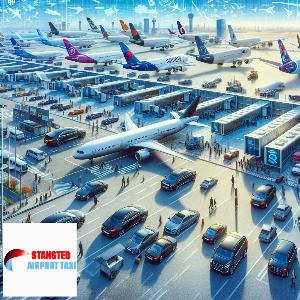
The Impact of Airline Diversification on Stansted Airport
Airline diversification at Stansted Airport has significantly boosted its growth and competitiveness. The introduction of various airlines has expanded route networks, increased passenger traffic, ...
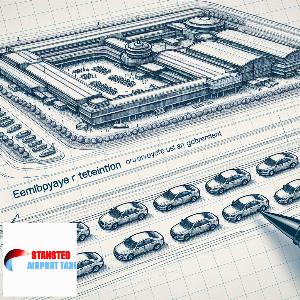
Stansted Airport: A Guide to the Employee Retention Process
Stansted Airport prioritizes employee retention through competitive salaries, comprehensive benefits, and a positive work environment. They invest in training and development programs, fostering a ...

The Impact of Airline Consolidation on Stansted Airport
Airline consolidation has significantly impacted Stansted Airport, leading to increased competition, potential route reductions, and possible fare hikes. However, it also presents opportunities for ...
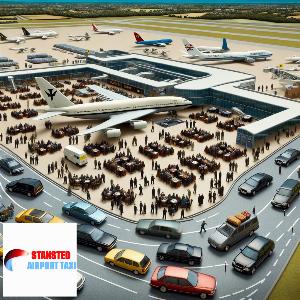
The Role of Stansted Airport in Conflict Resolution
Stansted Airport plays a crucial role in conflict resolution by facilitating diplomatic travels. It serves as a neutral meeting ground for international negotiations, aiding in the peaceful resolut ...
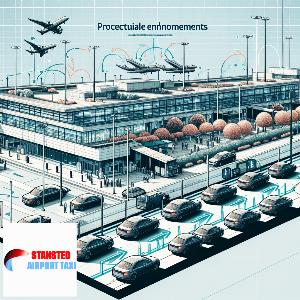
Stansted Airport: A Guide to the Process Improvement Process
Stansted Airport continuously enhances its operations through a robust process improvement strategy. This involves identifying inefficiencies, implementing changes, and monitoring results to ensure ...
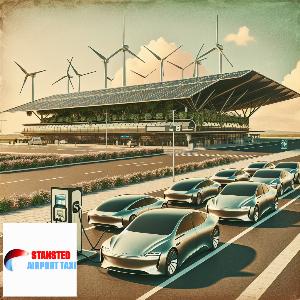
The Role of Stansted Airport in Green Technology Adoption
Stansted Airport plays a pivotal role in adopting green technology, leading the aviation industry towards sustainability. It actively implements eco-friendly initiatives, such as energy-efficient s ...
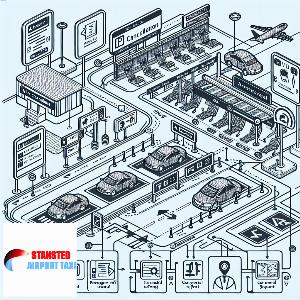
Stansted Airport: A Guide to the Cancellation Process
Navigating Stansted Airport's cancellation process can be daunting. It's crucial to understand the terms and conditions of your ticket, contact your airline promptly, and inquire about possible ref ...

The Impact of Airline Liberalization on Stansted Airport
Airline liberalization has significantly impacted Stansted Airport, fostering increased competition, lower fares, and enhanced connectivity. It has attracted numerous low-cost carriers, boosting pa ...

The Impact of Climate Change on Stansted Airport
Climate change poses significant challenges for Stansted Airport, with increased risks of flooding, heatwaves affecting operations, and potential disruptions to flight schedules due to extreme weath ...
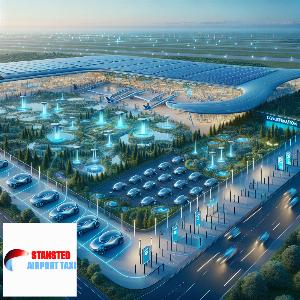
The Role of Stansted Airport in Conservation Efforts
Stansted Airport plays a significant role in conservation efforts, implementing eco-friendly measures like waste reduction, energy efficiency, and wildlife preservation. Its commitment to sustainab ...
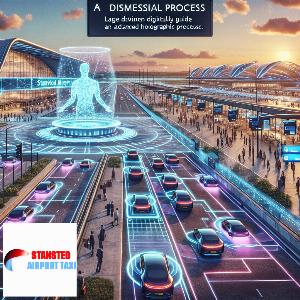
Stansted Airport: A Guide to the Dismissal Process
Navigating Stansted Airport's dismissal process can be daunting. This guide simplifies the process, detailing everything from passenger pick-up protocols to parking regulations, ensuring a smooth a ...
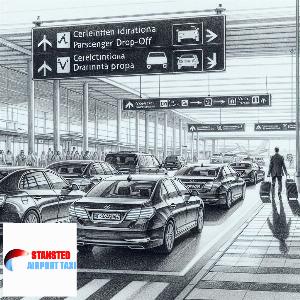
Stansted AirportA Guide to the Arrival Process
Stansted Airport, a bustling hub for international travel, offers a streamlined arrival process. Upon landing, passengers are guided to immigration checks, baggage reclaim, and customs. Clear signag ...
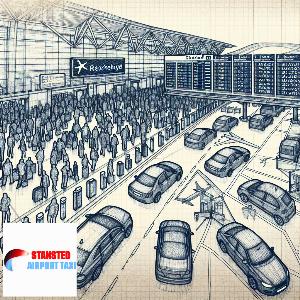
The Impact of Airline Delays on Stansted Airport
Airline delays at Stansted Airport significantly impact passenger satisfaction, disrupt flight schedules, and potentially harm the airport's reputation. These delays also lead to increased operatio ...
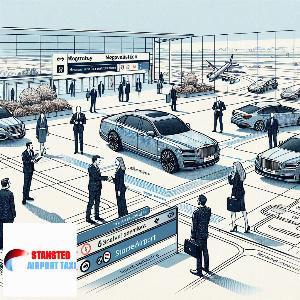
Stansted Airport: A Guide to the Negotiation Process
Stansted Airport's negotiation process is a strategic balance of stakeholder interests. It involves careful planning, open communication, and compromise to ensure smooth operations, passenger satis ...
Blogs Pages
The Role of Stansted Airport in Green Building
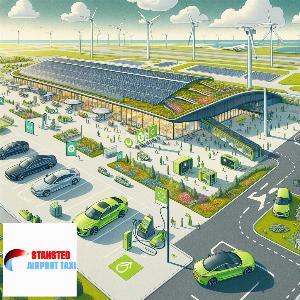
Blog about The Role of Stansted Airport in Green Building...
The Impact of Airline Deregulation on Stansted Airport
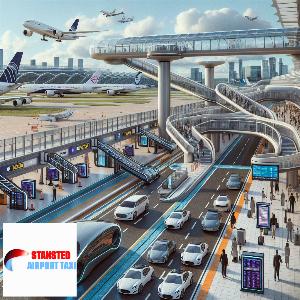
Blog about The Impact of Airline Deregulation on Stansted Airport...
A Comprehensive Guide to Stansted Airport Parking
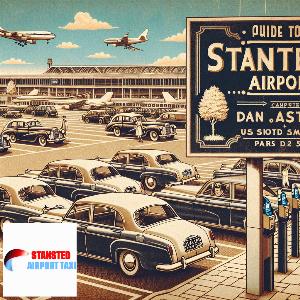
Blog about A Comprehensive Guide to Stansted Airport Parking...
Stansted Airport: A Guide to the Customer Satisfaction Process
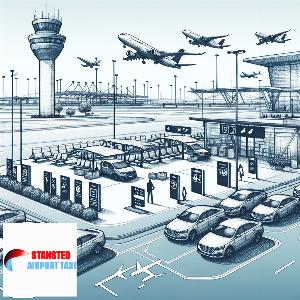
Blog about Stansted Airport: A Guide to the Customer Satisfaction Process...
Maximizing Comfort and Convenience with Stansted Airport Transfers

Blog about Maximizing Comfort and Convenience with Stansted Airport Transfers...
Stansted Airport: A Guide to the Accreditation Process
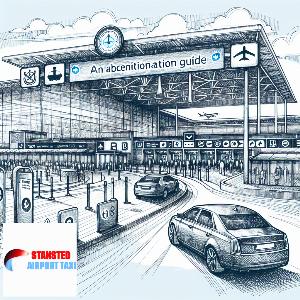
Blog about Stansted Airport: A Guide to the Accreditation Process...
Stansted Airport: A Guide to the Testing Process
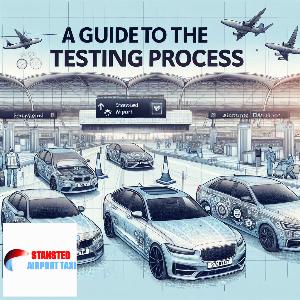
Blog about Stansted Airport: A Guide to the Testing Process...


